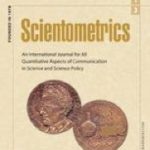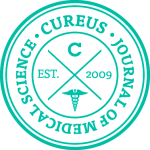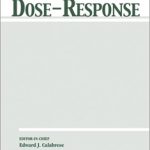Alternative medicines worth researching? Citation analyses of acupuncture, chiropractic, homeopathy, and osteopathy 1996–2017

Some complementary and alternative medicines (CAM) are frequently criticised for being based on faith rather than scientific evidence. Despite this, researchers, academic departments, and institutes teach and investigate them. This article assesses whether the scholarship produced by four CAMs is valued by the academic community in terms of citations, and whether the level of citations received might be detrimental to academic authors’ careers. Based on an analysis of acupuncture, chiropractic, homeopathy, and osteopathy journal articles indexed in Scopus 1996–2020, the results show that the prevalence of the four areas vary substantially internationally, with acupuncture eclipsing the others in East Asia but homeopathy being more common in India and Brazil. The main broad fields publishing these specialties are Medicine, Nursing, Health Professions, Veterinary Science, and Neuroscience. Whilst the research tends to be cited at a below average rate in most broad fields (n = 27) and years (1996–2017), acupuncture, chiropractic, and homeopathy are exceptions in some broad fields, including some core areas. Thus, studying these alternative medicines may not always lead to research that tends to be ignored in academia, even if many scientists disparage it. As a corollary, citation analysis cannot be relied on to give low scores to widely disparaged areas of scholarship.








Lascia un commento
Devi essere connesso per inviare un commento.